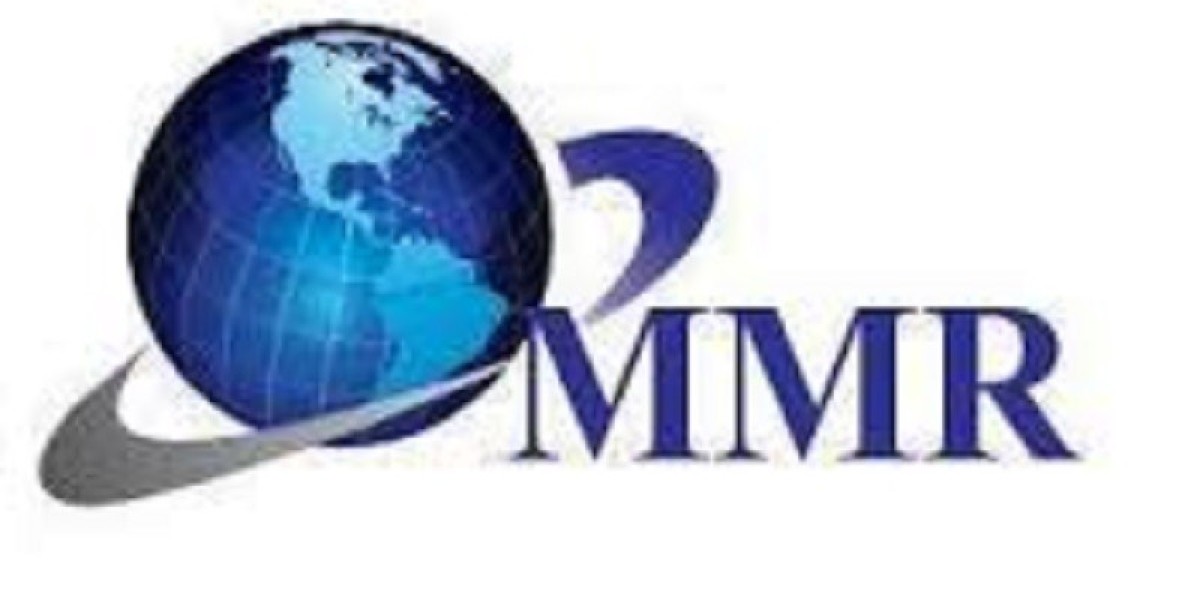In the world of stationery and office supplies, understanding the envelope letter size is crucial for ensuring compatibility and professionalism in correspondence. Whether you're sending out invitations, business letters, or personal notes, choosing the right envelope size is paramount to making a positive impression. In this comprehensive guide, we delve into everything you need to know about envelope sizes, focusing particularly on envelope letter size and its applications.
Understanding Envelope Letter Size
Envelope letter size refers to the standard dimensions of an envelope that is commonly used for sending letters, invoices, and other documents. The most widely recognized envelope letter size in North America is the #10 envelope, which measures 4.125 x 9.5 inches (10.5 x 24.1 cm). This size is ideal for fitting a standard sheet of paper folded into thirds.
Common Envelope Sizes and Their Uses
#10 Envelope
Dimensions: 4.125 x 9.5 inches
Commonly used for business letters, invoices, and statements.
#9 Envelope
Dimensions: 3.875 x 8.875 inches
Often used for personal correspondence, such as greeting cards and letters.
#10 Window Envelope
Dimensions: 4.125 x 9.5 inches (same as #10 envelope)
Features a transparent window that reveals the recipient's address, commonly used for mass mailings and billing statements.
#11 Envelope
Dimensions: 4.5 x 10.375 inches
Slightly larger than the #10 envelope, suitable for sending thicker documents or folded letter-size papers.
#12 Envelope
Dimensions: 4.75 x 11 inches
Used for sending documents that cannot be folded.
Choosing the Right Envelope Size
When selecting the appropriate envelope letter size, consider the following factors:
Content: Determine whether your document needs to be folded to fit into the envelope.
Presentation: Choose an envelope size that presents your document neatly without excessive folding or cramming.
Functionality: Consider if you need additional features such as windows for address visibility or security tinting for confidential documents.
Specialty Envelopes
Aside from standard sizes, there are also specialty envelopes designed for specific purposes:
Square Envelopes: Ideal for invitations and special announcements, these envelopes add a touch of elegance.
Catalog Envelopes: Larger and more durable, suitable for sending catalogs, booklets, and thick brochures.
Policy Envelopes: Long and narrow envelopes used for sending legal and official documents.
Factors to Consider When Purchasing Envelopes
Paper Quality: Choose envelopes made from sturdy paper to ensure durability during transit.
Closure Type: Options include gummed flaps, peel-and-seal closures, and self-seal adhesive strips.
Color and Design: While white is standard for business correspondence, colored and patterned envelopes can be used for creative purposes or branding.
Conclusion
In conclusion, understanding the nuances of envelope letter size is essential for anyone involved in sending out letters and documents. By choosing the right size and type of envelope, you not only ensure the safe delivery of your correspondence but also enhance the professional image of your business or personal brand. Whether you opt for the standard #10 envelope or explore specialty options, such as square or catalog envelopes, making an informed choice will streamline your mailing process and leave a lasting impression on recipients.








